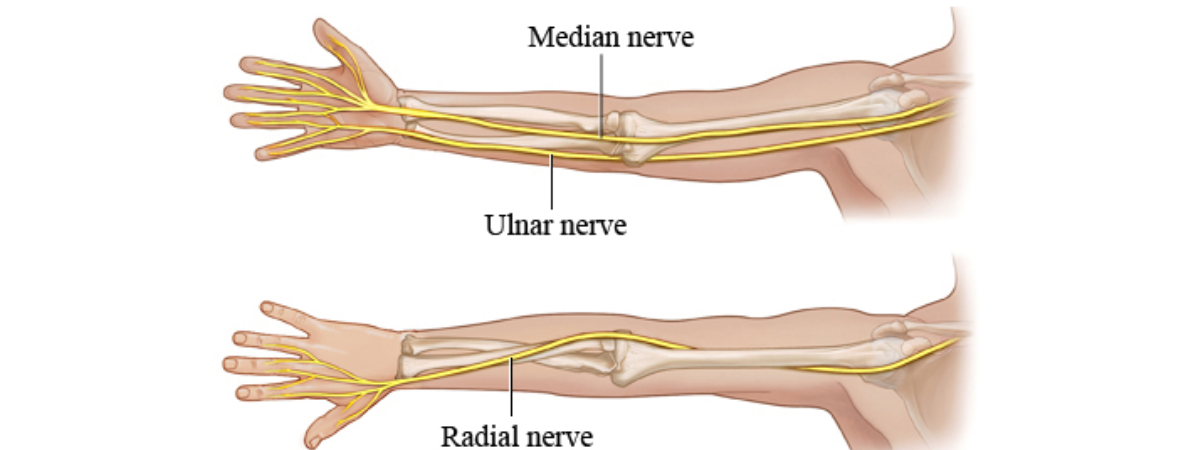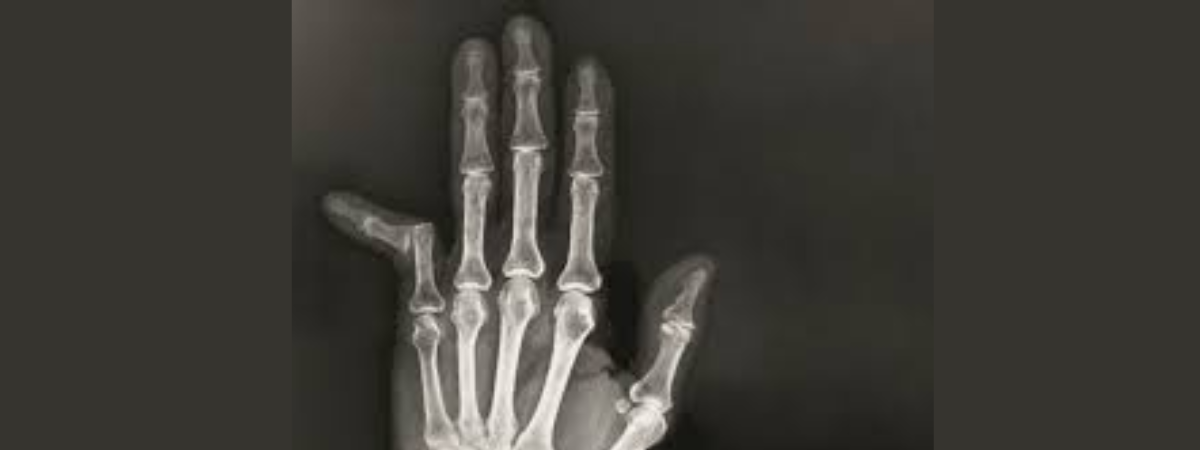Working Time
| Sunday - Friday | 07:00 AM - 11:00 PM |
| Saturday | Closed |
| Other Time | On Appointment |
Book Appointment

Our hands are intricate marvels, capable of delicate movements and tasks. However, this complexity also renders them susceptible to injuries, with finger dislocations being a common and painful occurrence. In this exploration, we'll unravel the intricacies of finger dislocations, from understanding the mechanics to recognizing symptoms and seeking effective treatment.
The Mechanics of Finger Dislocations:
A finger dislocation transpires when the bones forming the finger joints are forcefully pushed out of their natural alignment. The fingers, consisting of three segments of bones called phalanges, rely on the seamless interaction of joints, ligaments, and tendons for smooth movement.
Proximal Interphalangeal (PIP) Joint:
Located in the middle of the finger, the PIP joint connects the proximal and middle phalanges.
Distal Interphalangeal (DIP) Joint:
Situated near the fingertip, the DIP joint links the middle and distal phalanges.
Metacarpophalangeal (MP) Joint:
Found at the base of the finger, the MP joint connects the finger to the hand.
Common Causes of Finger Dislocations:
Trauma and Impact:
Accidental trauma, often from a fall or direct impact to the hand, is a frequent cause of finger dislocations.
Sports Injuries:
Participation in sports, particularly those involving physical contact or fast-paced ball games, increases the risk of
finger dislocations.
Jamming or Hyperextension:
Awkwardly jamming a finger or hyperextending it during an activity can result in the displacement of the joint.
Automobile Accidents:
High-impact events, such as car accidents, can subject the hands and fingers to significant force, leading to dislocations.
Recognizing Symptoms of a Dislocated Finger:
Identifying the symptoms of a dislocated finger is crucial for prompt intervention. Common indicators include:
Deformity:
The affected finger may appear misshapen or bent at an unnatural angle.
Swelling and Bruising:
Swelling and bruising around the dislocated joint are typical signs of trauma and inflammation.
Pain and Tenderness:
Dislocated fingers are often accompanied by intense pain and tenderness at the site of the injury.
Limited Range of Motion:
Difficulty in moving the affected finger due to the dislocation is a prevalent symptom.
Numbness or Tingling:
Nerve compression during the dislocation can result in sensations of numbness or tingling.
Taking Action:
What to Do If You Suspect a Dislocated Finger:
Responding promptly to a suspected dislocated finger is crucial for minimizing further damage.
Follow these steps:
Immobilize the Finger:
Keep the affected finger as still as possible to prevent additional injury. You can use an adjacent finger or a splint for support.
Apply Ice:
Use a cold compress or ice pack wrapped in a cloth to reduce swelling. Apply for 15-20 minutes, avoiding direct contact with the skin.
Elevate the Hand:
Elevating the hand above heart level helps minimize swelling and promotes blood circulation.
Seek Medical Attention:
Visit a healthcare professional for a proper diagnosis and treatment. Attempting self-treatment without expertise can lead to complications.
Medical Assessment and Treatment:
Upon seeking medical attention, healthcare professionals will conduct a thorough examination, potentially including X-rays, to assess the extent of the dislocation. Treatment may involve:
Reduction:
Healthcare providers may perform a reduction, realigning the dislocated bones. This may involve gentle manipulation.
Splinting or Taping:
After reduction, the finger may be splinted or taped to immobilize the joint during the initial stages of healing.
Pain Management:
Pain medications, either over-the-counter or prescription, may be recommended to manage discomfort.
Physical Therapy:
Rehabilitation exercises under the guidance of a physical therapist aim to restore strength, flexibility, and range of motion.
Follow-Up Care:
Regular follow-up appointments are crucial for monitoring the healing process and adjusting the treatment plan as needed.
Strengthening Exercises:
Incorporate finger and hand strengthening exercises into regular fitness routines to enhance joint stability.
Proper Technique:
Practice correct techniques in sports and activities to minimize the risk of injury.
Maintaining Joint Health:
Adopt a balanced diet and stay hydrated to support overall joint health.
Conclusion:
A dislocated finger can be a painful setback, but with timely and appropriate care, individuals can achieve a full recovery. Understanding the causes, recognizing symptoms, and seeking professional treatment are key steps in navigating the dislocation dilemma. By taking proactive measures to protect our hands and responding effectively to injuries, we empower ourselves to maintain optimal hand function and minimize the impact of unexpected challenges.
About the Author: Dr. Srikanth Varma
Dr. Srikanth Varma, a distinguished Orthopaedic Surgeon, is a specialist in Orthopaedic and Hand Surgery in Al Nahda, Dubai. Armed with qualifications including MBBS, MS (Orthopedics), FNB, FIAS, and FIAP, Dr. Racherla is a seasoned professional in the field. His expertise lies in Trauma, Hand, and Wrist surgeries, with a particular focus on Reconstructive Microsurgery, Peripheral Nerve Surgery, and Tendon Repairs and Transfers. Renowned for his commitment to excellence, Dr. Srikanth Varma is a trusted name in delivering comprehensive orthopaedic care in the dynamic medical landscape of Al Nahda, Dubai.
Recent Posts
Navigating the Intricacies: Unraveling the Major Nerves of the Hand

Read More
Decoding Connective Tissues: Unveiling the Differences Between Tendons and Ligaments

Read More
Navigating the Road to Recovery: Understanding the Expected Recovery Time of a Torn Bicep

Read More
Pinched Nerve? Here’s 7 Home Remedies to Help Reduce Some Pain

Read More
Unraveling the Mechanics: Can You Dislocate Your Finger?

Read More

